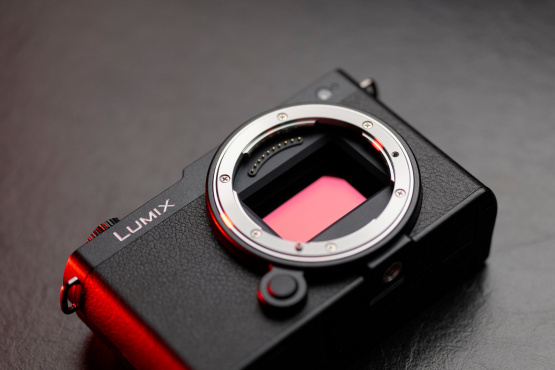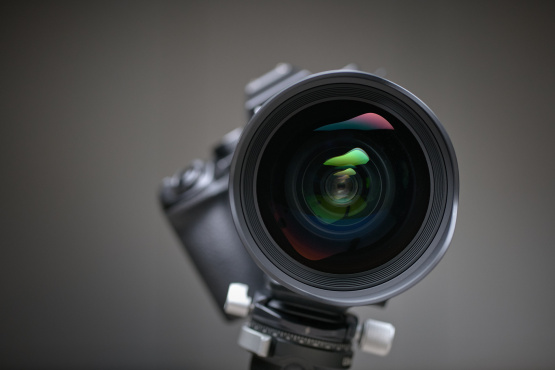WARNING - do not try this at home.
I've seen a few reviews of the new Canon 1D MkIV, and everybody loves the new model. They all talk about the superb autofocus, the 10 frames per second capture rate, high ISO performance and a sweet price tag that even a travel photographer might be able to afford.
But I haven't seen a single reviewer take their brand new model and find out what happens when you drop it out of the back of your Lowe Pro Mini Trekker.
Truth be told I didn't intentionally plan such a rigorous review, and if I had I would have been sure to remove my 50mm f1.2 lens before proceeding. Neither was my review process particularly scientific. All I did was swap one camera body for another, forget to zip up my bag properly and then hoist it over my shoulder. Next I heard a terrible noise, one I hope I will never hear again.
Everything has a special sound when it hits the ground, like the bounce of a basket ball, the shatter of a half filled wine glass, or the tinkle of your car keys. A brand new Canon 1D MkIV makes none of these sounds. Imagine if you will a solid thud, the collision between an irresistible force and an immovable object. In this case the earth proved somewhat more immovable than my Canon was irresistible.
The closest way to describe the sound was that of a solid steel anvil dropped from a height. Turns out the 1D MkIV is pretty close to a solid steel anvil.
And then there was the 50mm lens attached to the body. Last year I watched with horror as a travel colleague dropped a Sigma wide-angle lens and ended up with dozens of pieces scattered across the pavement. My 50mm f1.2 lens is barely 3 months old, a recent upgrade after ten years of shooting with a cheap and cheerful f2.5 compact macro. It was now sitting on the edge of the footpath, underneath my 1D MkIV with the glass planted in the dirt.
The $20 UV filter I bought to protect my lens seemed to have done just that. A big dent in the filter rim was testament to the force of a second bounce. I would need a new filter but not a new lens. I had to look hard to find the impact point on the camera body as well and eventually noted a gash on the black exterior near the shutter that bore the contact.
I continued with my shoot for the next few hours and both lens and camera behaved nicely. Just as well, am not sure how well Canon would respond to a warranty repair brought about by a 1.5 metre plummet. Perhaps from now on Canon could save us a little trouble and just include this parameter in the standard specifications :)

Keep Reading
Join Ewen's newsletter for monthly updates on new photography articles and tour offers...Subscribe Here









